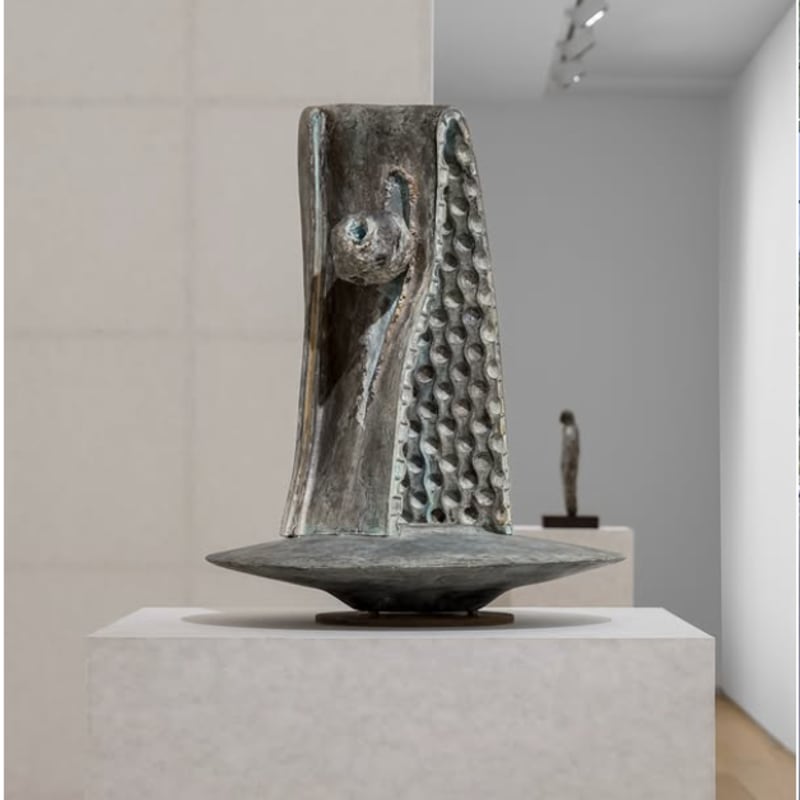VALIE EXPORT A Brief Guide to the Radical Feminist Artist
Avant-garde artist Valie Export has been pushing artistic boundaries since the 1960s. Her radical feminist work veers between photography, provocative public performance, and expanded cinema, often questioning the perceived lines between each form. Born in Austria in 1940, the artist was raised by a single mother of three. She studied a mix of design, drawing and painting at the National School for Textile Industry, before pioneering feminist artistic expression through the body in the second half of the 20th century.
While Export has been a mainstay in the art world since then, this year is a particularly big one for her. She is one of four artists nominated for the prestigious Deutsche Börse Photography Foundation Prize, which goes on show tomorrow at the Photographers’ Gallery in London. She also has major solo intuitional shows at C/O Berlin and MAK Center for Art and Architecture at Schindler House in Los Angeles. Like many of her contemporaries, Export’s forward-looking work still has the power to shock and move to this day.
Below, read a five-point guide to the work of Valie Export.
1. Valie Export changed her name to reject patriarchal structures
In 1967, the artist formerly known as Waltraud Hollinger changed her name to Valie Export to subvert the patriarchal tradition of women taking their husband’s last names. Her new name reflected both her feminist stance and self-driven identity as an artist. Valie is a play on her given first name, while Export was informed in part by Smart Export cigarettes, which she reimagined for a now iconic self-portrait . Her new last name also highlighted her ambition to reach around the world with her art. “I did not want to have the name of my father [Lehner] any longer, nor that of my former husband Hollinger,” she previously said. “My idea was to export from my ‘outside’ (heraus) and also export, from that port. The cigarette package was from a design and style that I could use, but it was not the inspiration.”


















































































































































































